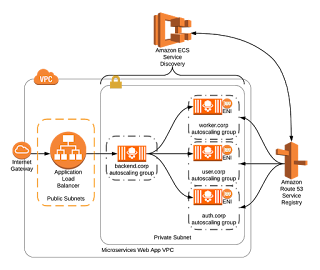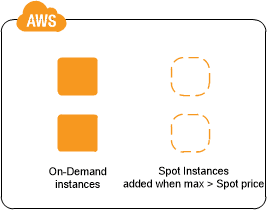Amazon Route 53

It is intended to give developers and businesses a very dependable and cost active way to route end users to Internet plans by translating names like www.example.cominto the numeric IP addresses like 192.0.2.1 that computers use to connect to each other. Amazon Route 53 is fully compliant with IPv6 as well. AmazonRoute 53 successfully connects user requests to infrastructure running in AWS –such as Amazon EC2 instances, Elastic Load Balancing load balancers, or AmazonS3 buckets – and can also be used to route users to infrastructure outside ofAWS. You can use Amazon Route 53 to configure DNS health checks to routetraffic to healthy endpoints or to independently monitor the health of yourapplication and its endpoints. Amazon Route 53 Traffic Flow makes it easy foryou to manage traffic globally through a variety of routing types, includingLatency Based Routing, Geo DNS, Geoproximity, and Weighted Round Robin—all ofwhich can be combined with DNS Failover in order to enable a variety







